Helping you be the best version of you!
The alternative hair industry is experiencing a remarkable surge, which can be attributed, in part, to the increasing comfort we have in choosing to purchase wigs. Unfortunately, historical connotations have attached a stigma to wearing wigs or hairpieces. As my hair loss became too noticeable to conceal, looking in the mirror became a challenge. Embarrassment set in, stemming from both the hair loss itself and the altered appearance. Upon being diagnosed with scarring alopecia, I uncovered the enchanting realm of wigs. These wigs have acted as a remedy, aiding my journey from low self-esteem to a restored sense of confidence. The ability to receive compliments on my “hairstyle” has significantly contributed to feeling better about myself. While my inner circle is aware of my wig usage, others remain oblivious.
Fortunately, the world of alternative hair has witnessed unprecedented technological advancements. An extensive range of top-notch human and synthetic hair options is now at our disposal. However, delving into the process of purchasing a wig, particularly if it’s your first, can be rather daunting. The sheer variety of choices can be overwhelming. By perusing this content, we aim to equip you with the knowledge needed to make informed decisions and ease any apprehensions. Naturally, queries may arise, and we’re here to guide you on your journey to becoming the best version of yourself.
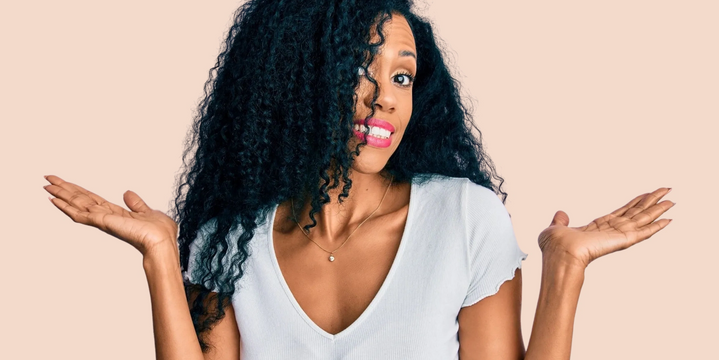
Choosing . . .
Human Hair or Synthetic Hair?
When it comes to choosing a wig, one of the key decisions you’ll encounter is whether to opt for human hair or synthetic hair. Each type has its unique attributes, catering to various preferences and needs.
Human Hair Wigs:
Human hair wigs are revered for their unparalleled realism and versatility. Just like your natural hair, these wigs can be styled, colored, and treated with heat tools. They provide a remarkably natural appearance, with movement and texture that mimic real hair. Human hair wigs also offer the advantage of being more durable and long-lasting when properly cared for. They are an ideal choice for those who seek a seamless integration between their wig and natural hair.
However, the premium quality of human hair wigs does come with some considerations. They require regular maintenance, similar to natural hair, and can be more expensive due to their authentic origins. The color may fade over time, and styling might need more effort compared to synthetic wigs. Additionally, human hair wigs are sensitive to weather conditions and might lose their style in humid environments.
Synthetic Hair Wigs:
Synthetic hair wigs have made remarkable strides in terms of quality and appearance. These wigs come pre-styled and maintain their shape, even after washing. They are a fantastic choice for individuals seeking low-maintenance options, as they require minimal styling effort. Synthetic wigs are also more affordable than their human hair counterparts, making them accessible to a wider range of budgets.
One of the standout features of synthetic wigs is their ability to retain their style, regardless of the weather. They’re ideal for those with busy lifestyles or those who prefer a consistent look without much hassle. Additionally, synthetic wigs offer a variety of colors and styles, perfect for experimenting with different looks.
However, while synthetic wigs have made tremendous progress in mimicking natural hair, they may not possess the same level of authenticity and movement as human hair wigs. They are generally not suitable for extensive heat styling or coloring, as this can damage the synthetic fibers.
Heat Friendly Synthetic Hair Wigs:
Heat-friendly synthetic hair wigs occupy a unique space between human hair and traditional synthetic wigs. They offer the convenience of low-maintenance styling and can withstand heat styling to a certain extent. These wigs are a suitable choice for those who desire the flexibility of styling while benefiting from the affordability of synthetic wigs.
However, it’s important to note that while heat-friendly synthetic wigs can tolerate heat to a degree, they might not possess the same level of longevity as human hair wigs. Extensive heat styling can still impact the synthetic fibers over time.
In conclusion, the decision between human hair, synthetic hair, and heat-friendly synthetic hair wigs largely depends on your priorities and preferences. Whether you value authenticity and versatility (human hair), convenience and affordability (synthetic hair), or the flexibility of limited heat styling (heat-friendly synthetic hair), each option caters to the diverse needs of wig wearers today. To make the best choice, consider your lifestyle, desired maintenance level, and styling requirements.
Wig or hair topper?
Wig vs. Hair Topper: Choosing the Right Solution for You
When it comes to addressing hair loss or seeking alternative hair solutions, two common options are wigs and hair toppers. Each serves a distinct purpose and offers unique benefits, catering to different needs and preferences.
Wigs:
A wig is a complete head covering that provides coverage for your entire scalp. Wigs are available in various styles, lengths, colors, and materials (human hair or synthetic). They offer a transformative solution for those experiencing extensive hair loss, complete baldness, or individuals who wish to change their entire hairstyle. Wigs are perfect if you’re looking for a complete change in appearance, as they offer full coverage and allow you to experiment with various looks.
Pros of Wigs:
- Complete coverage of the scalp
- Versatility in styling and appearance
- Ideal for individuals with extensive hair loss or baldness
- Provides a comprehensive solution for a new look
Cons of Wigs:
- Can feel hot or heavy in some cases
- Might require more maintenance and adjustments
- Potentially more challenging to achieve a natural scalp appearance
Hair Toppers:
A hair topper, also known as a wiglet or hairpiece, is a smaller hair addition that is designed to cover a specific area of hair loss, typically on the top of the head. Toppers are an excellent choice for individuals with localized hair thinning or bald spots. They seamlessly blend with your natural hair, providing extra volume and coverage where needed while maintaining a natural look.
Pros of Hair Toppers:
- Targeted coverage for specific areas of hair loss
- Blend seamlessly with your own hair
- Easier to maintain and style
- Offer a more lightweight and comfortable option
Cons of Hair Toppers:
- Limited coverage compared to wigs
- May not be suitable for individuals with extensive hair loss
- Require careful placement for a natural look
Choosing Between a Wig and a Hair Topper:
The decision between a wig and a hair topper depends on the extent of your hair loss and your desired outcome. If you’re dealing with complete hair loss or looking for a dramatic change, a wig might be the best choice. On the other hand, if you have localized thinning or bald spots and want to enhance the volume and coverage in those areas, a hair topper is likely more suitable.
It’s crucial to assess your specific needs, comfort preferences, and lifestyle before making a decision. Consulting with a professional stylist or a hair loss specialist can also provide valuable insights and guidance in choosing the right solution for you. Whether you opt for a wig or a hair topper, both options have evolved to provide natural-looking and confidence-boosting solutions for individuals facing hair loss challenges.
Choosing the Right Wig Size: Finding Your Perfect Fit
When embarking on the journey of selecting a wig, finding the right size is a fundamental step in ensuring comfort and confidence. Wigs come in a range of sizes to accommodate various head shapes and dimensions. A proper fit not only enhances your overall appearance but also ensures that your wig remains secure and comfortable throughout the day.
To determine your ideal wig size, you’ll need to measure your head circumference. Using a flexible measuring tape, start at your natural hairline at the front of your forehead. Circle the tape around the back of your head, just above your neck, and return it to the front. Note down the measurement in inches or centimeters.
Wig sizes typically fall into three categories: small, average, and large. It’s important to remember that sizes can vary slightly between different wig brands and styles, so consulting the specific brand’s size chart is advisable.
- Small: If your head circumference measurement is on the lower end of the range, a small-sized wig may provide the snug fit you’re looking for.
- Average: The majority of wig wearers find that an average-sized wig fits comfortably. If your head circumference falls within the mid-range, this is likely your best fit.
- Large: For those with head measurements on the higher end of the spectrum, a large-sized wig can offer the extra room needed for a comfortable and secure fit.
Petite Body Frame and you have a full head of moderate length hair, you are probably ‘Petite’ or ‘Petite/Average’. Go up in size if your hair is thick or you have longer than shoulder length hair and down in size if your hair is thin or sparse.
Medium Body Frame and you have a full head of moderate length hair, you are probably ‘Average’. Go up in size if your hair is thick or you have longer than shoulder length hair and down in size if your hair is thin or sparse.
Larger Body Frame and your head circumference exceeds 22.5”, and you have a full head of moderate length hair, then you are probably “Large” or “Large/Average”. Compare your circumference measurements to the chart above.
Selecting the right size ensures that your wig sits naturally and securely on your head, minimizing any shifting or discomfort. Keep in mind that adjustable straps or Velcro tabs often come with wigs to help fine-tune the fit for added comfort.
Ultimately, a well-fitting wig not only complements your style but also boosts your confidence as you confidently showcase your new look. Don’t hesitate to reach out to wig specialists or stylists for guidance in determining your perfect wig size.
Selecting the Perfect Wig Style: Expressing Your Unique Identity
Choosing the right wig style is a thrilling opportunity to express your individuality and embrace a look that resonates with your personality. Just as hairstyles define us, selecting a wig style lets you experiment with various appearances and vibes. From short pixie cuts to long cascading waves, the options are virtually endless.
Start by considering your natural hair type and the style that best complements your face shape. If you’re accustomed to a certain look, you might opt for something similar to maintain familiarity. On the other hand, this could be a chance to explore a completely different aesthetic, unveiling facets of yourself you’ve always wanted to showcase. Online wig galleries, social media, and wig boutiques can offer inspiration, helping you visualize how a particular style might look on you.
Remember that comfort and practicality should also play a role in your decision. If you lead an active lifestyle, a shorter, low-maintenance style might be more suitable. Conversely, if you enjoy experimenting with intricate hairstyles, longer wigs might allow for more creative styling. The beauty of wigs lies in their adaptability—try on different styles and see which one resonates with your vision and lifestyle.
Choosing the Right Wig Color: Enhancing Your Look Naturally
Selecting the perfect wig color is essential for achieving a natural and harmonious appearance. Whether you’re aiming to match your natural hair color or to experiment with a bold and exciting shade, a well-chosen color can make a significant difference.
For a seamless transition, consider shades that are close to your natural hair color. If you’re interested in a dramatic change, think about your skin undertones and eye color. Warm undertones pair well with colors like golden blondes and rich browns, while cooler undertones are enhanced by ash tones and deep blacks. You can also explore highlights, lowlights, and ombre effects to add depth and dimension to your chosen color.
Keep in mind that lighting can influence how a wig color appears. Natural daylight often provides the most accurate representation, while indoor lighting can sometimes alter perception. If you’re uncertain, seeking advice from professionals or using online color swatches can help you make an informed decision.
Ultimately, your chosen wig color should not only complement your complexion but also evoke the confidence and vibrancy you feel inside. Whether you opt for a shade that’s close to your natural hair color or embark on an entirely new hue, the right color can elevate your look and amplify your self-assured presence.
Cap Constructions: Elevating Comfort and Versatility
Understanding different cap constructions is crucial to finding a hairpiece that suits your preferences and lifestyle. Cap constructions determine how the hair is attached to the base of the wig and how it sits on your head. Some common cap styles include:
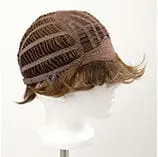
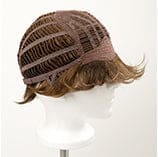
Basic Cap
Includes both capless and traditional machine-made construction
Hair is machine-sewn to the cap which is the most durable and affordable method
Most, or all, of the cap has open wefting providing excellent air ventilation
Hair is machine-teased at the root to maintain volume
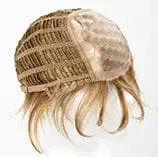
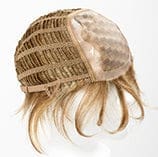
Monofilament
Lace, or monofilament, extends at the fringe area of the wig
Each hair is individually hand-tied to the section of sheer lace
Creates a natural-looking facial hairline
Allows for styling hair away from the face
Most are ready to wear and reach from temple-to-temple
The lace is delicate and should be handled carefully
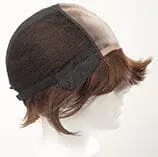
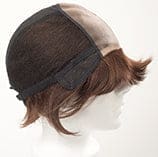
Hand Tied Lace Front
Each hair is hand-tied onto the monofilament cap which is made of sheer, soft, comfortable fabric (often used in conjunction with soft, stretchy netting at the back and sides)
Creates the most natural movement as each hair moves freely
So natural, the hair appears to be growing from the scalp
The softest and most comfortable cap – ideal for sensitive scalp and hair loss
Allows for styling versatility as the hair can be combed in any direction
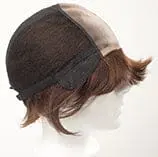
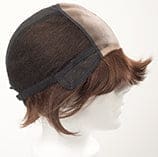
100% Hand Tied
Each hair on the entire cap is hand-tied onto the monofilament base (often used in conjunction with soft, stretchy netting at the back and sides)
Creates the most natural movement as each hair moves freely
So natural, the hair appears to be growing from the scalp
The softest and most comfortable cap – ideal for sensitive scalp and hair loss
Allows for styling versatility as the hair can be combed in any direction
Exploring these cap constructions enables you to fine-tune your choice, ensuring not only a perfect fit but also a hairpiece that suits your desired appearance and level of maintenance. The cap construction you opt for can significantly impact how natural the wig looks and feels, ultimately contributing to your confidence and satisfaction.
The Journey of Selecting Your Perfect Hairpiece: A Comprehensive Guide
Choosing the ideal hairpiece is a journey that intertwines self-expression, confidence, and personal style. From considering human hair, synthetic hair, and heat-friendly synthetic options to deciding between full wigs and hair toppers, the world of alternative hair offers a diverse range of solutions to meet your unique needs. The process involves understanding the differences between these choices and gauging their benefits against your preferences.
Beyond material and style, finding the right wig size ensures a comfortable fit that enhances your comfort and overall look. Measuring your head circumference accurately and exploring the small, average, and large size options ensures your hairpiece stays secure and feels natural.
Next comes the exciting step of selecting a style that reflects your identity and resonates with your aesthetic. Whether you’re drawn to classic elegance or bold experimentation, your hairpiece allows you to step into various personas while maintaining a level of comfort and practicality that suits your lifestyle.
As you embark on this journey, choosing the perfect color is the final touch that enhances your overall appearance. Whether harmonizing with your natural tones or embracing a vibrant change, the right color will elevate your hairpiece experience.
In conclusion, the process of selecting a hairpiece is not only about aesthetics but also about embracing your unique journey. It’s an exploration of self, an opportunity to enhance your confidence, and a chance to enjoy the transformative power of alternative hair solutions. As you embark on this adventure, remember that professional guidance and support are available to ensure that your final choice aligns perfectly with your vision and brings out the best version of you.
FACIAL SHAPES
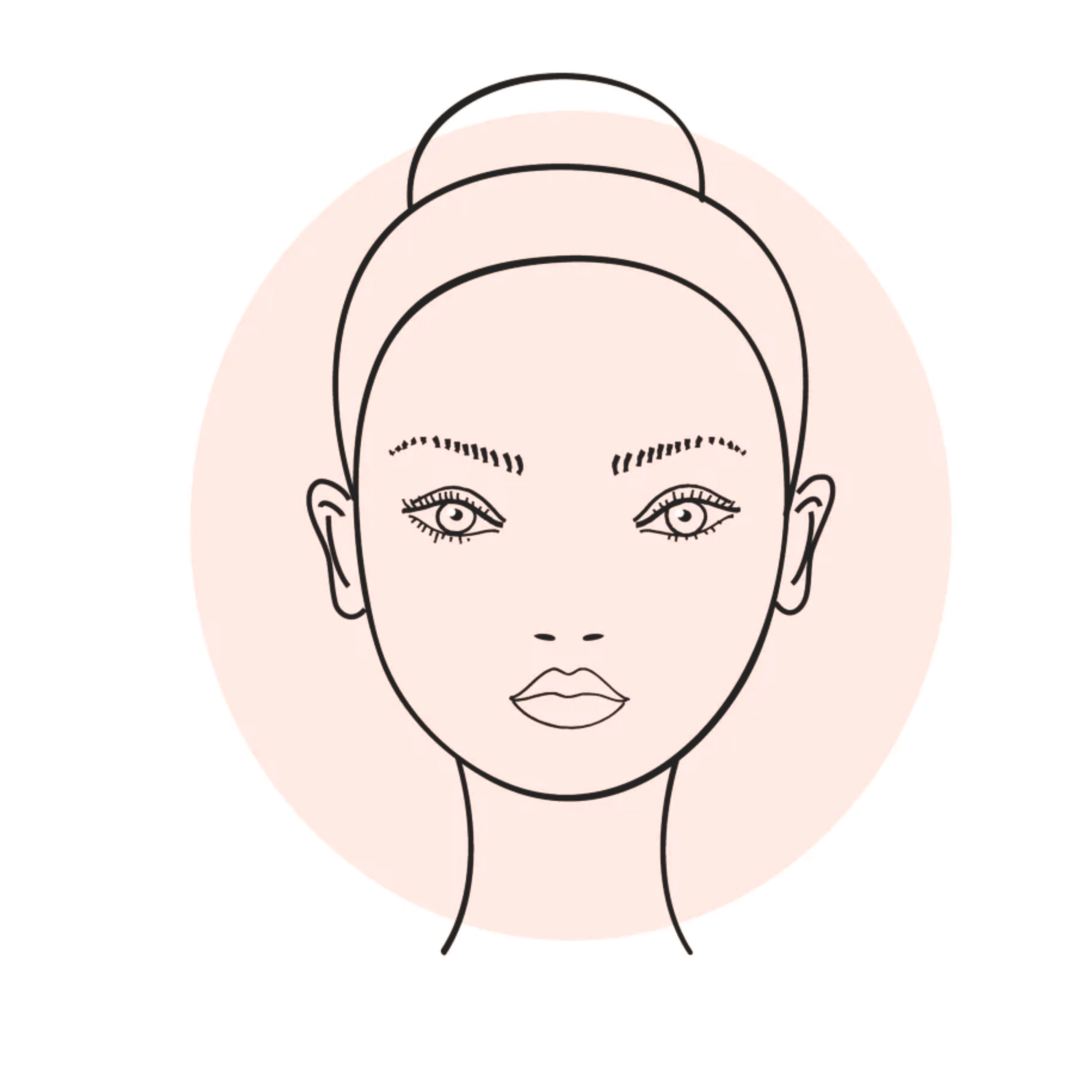
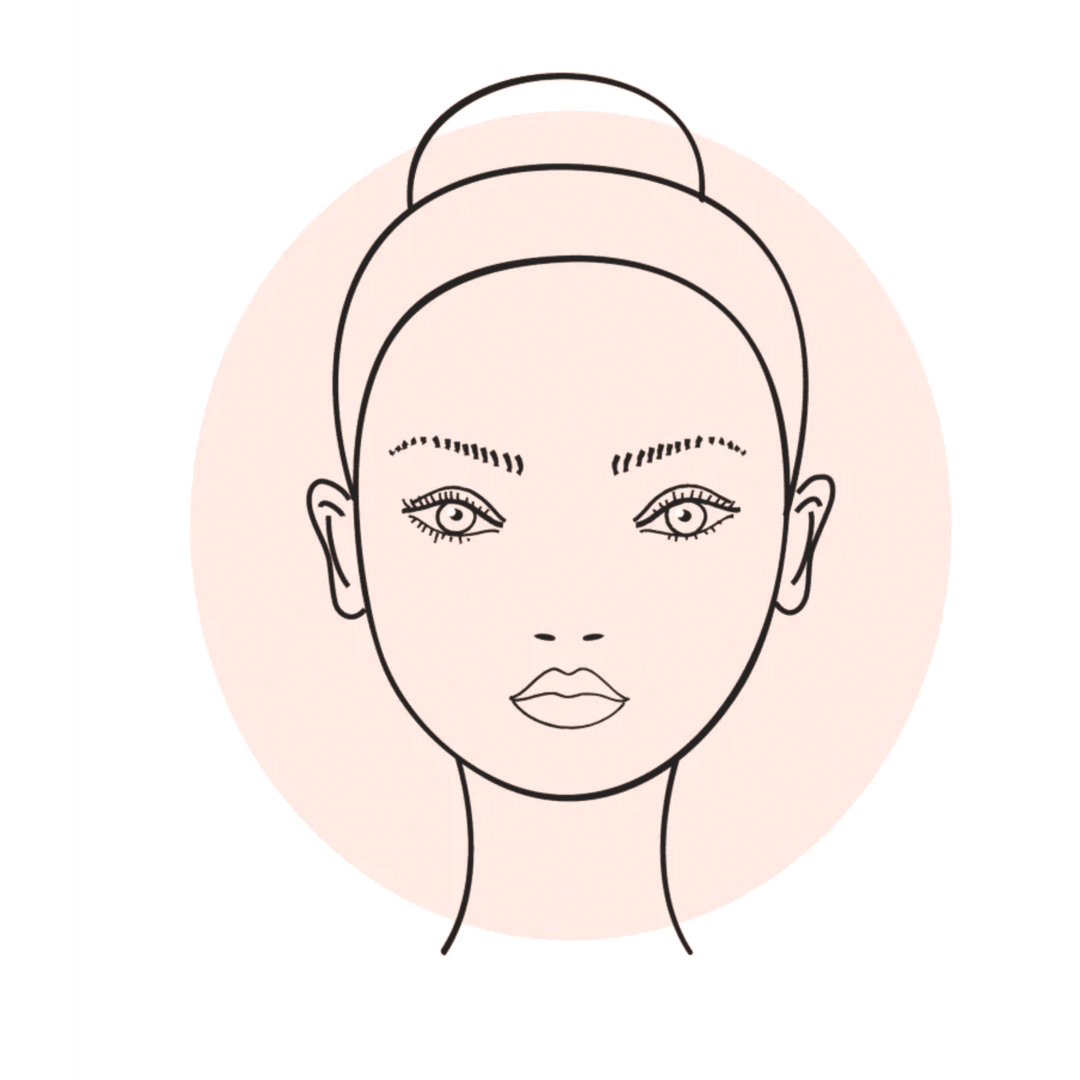
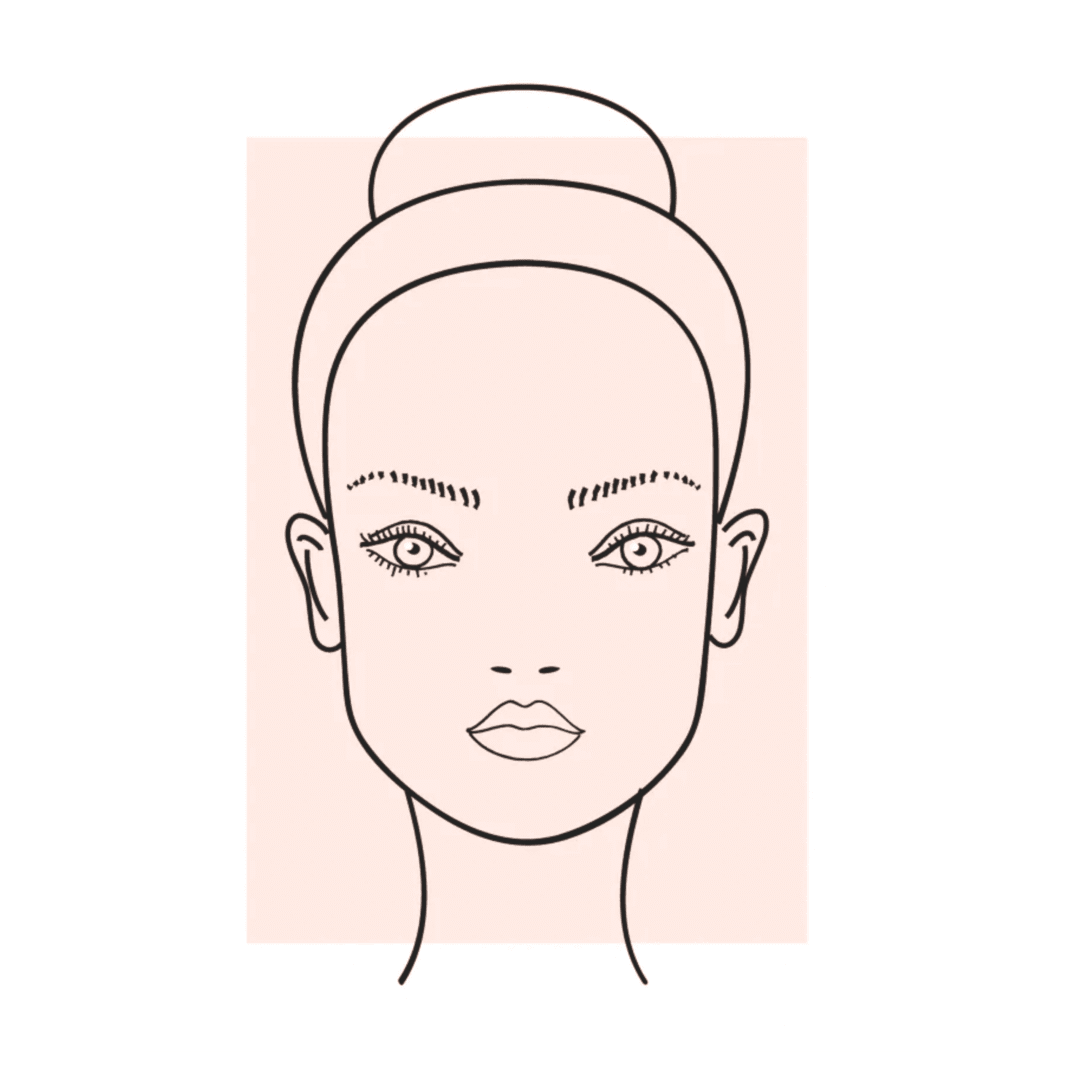
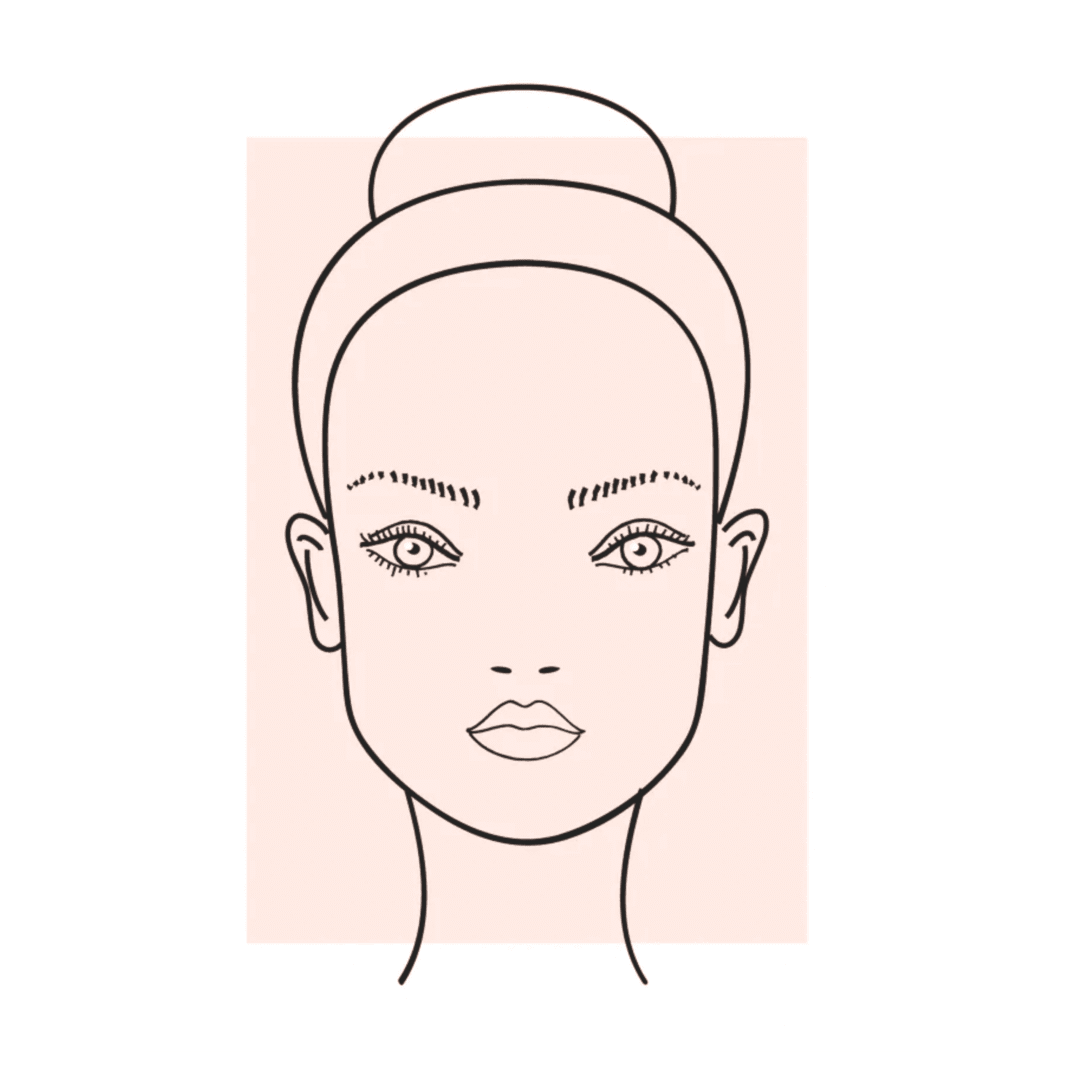
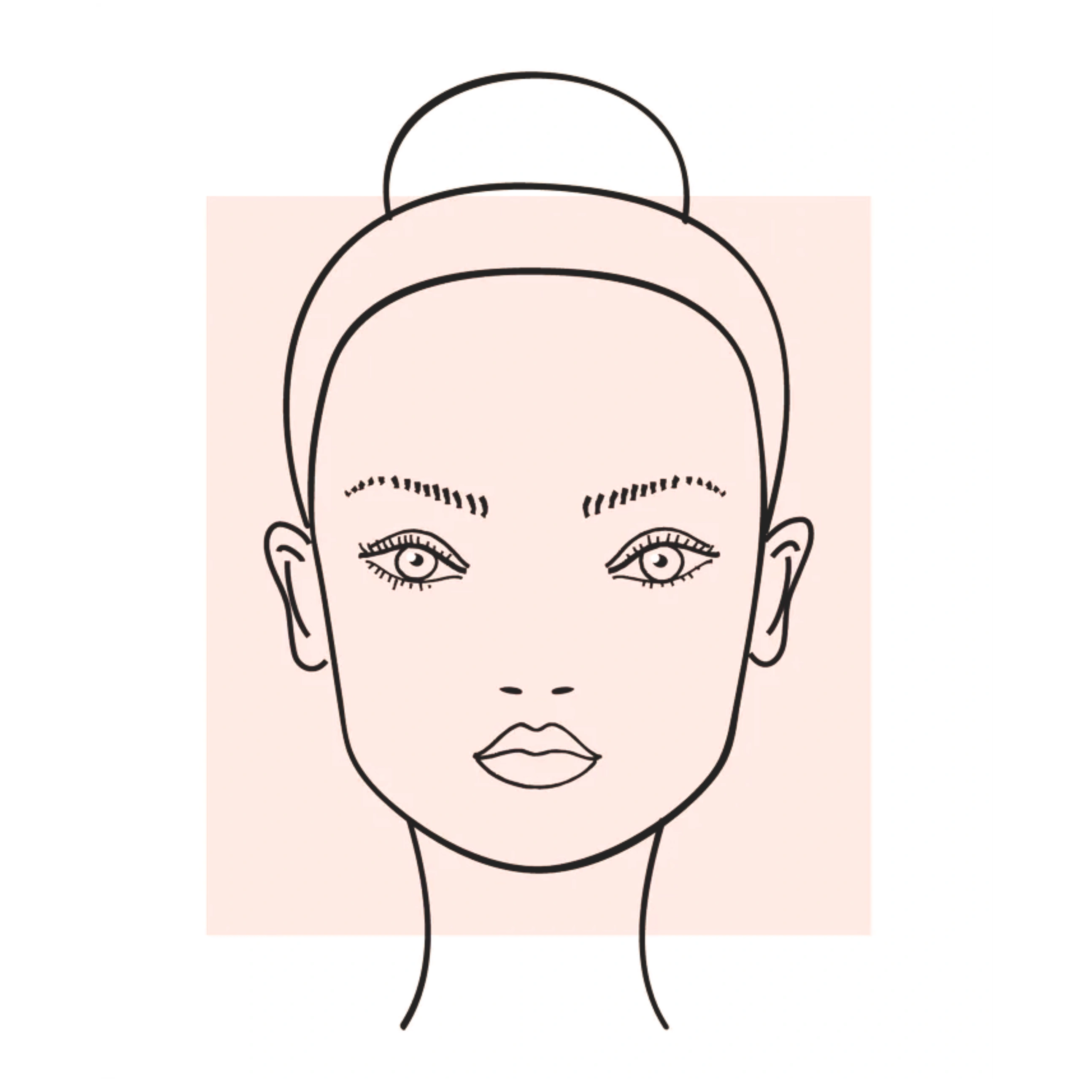
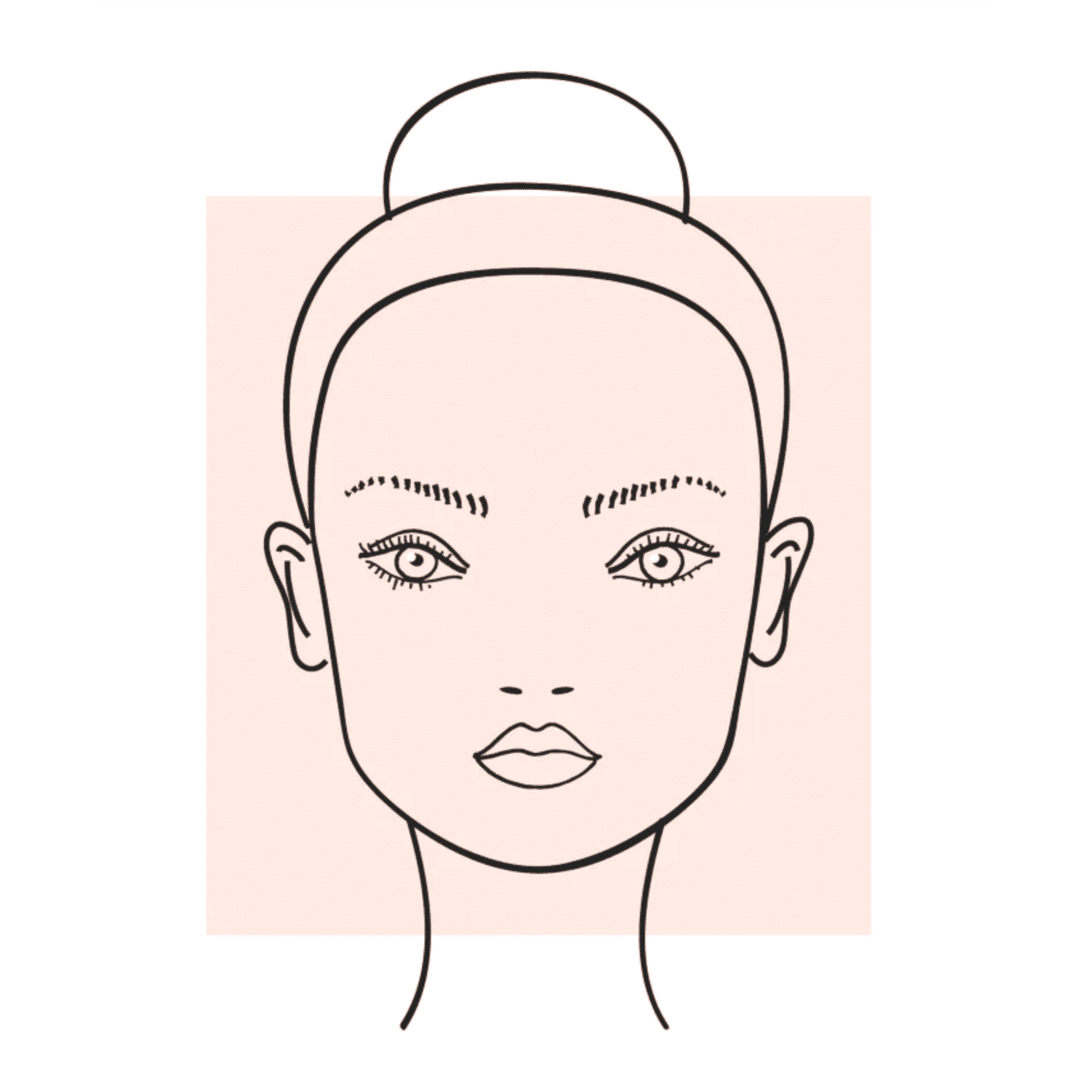
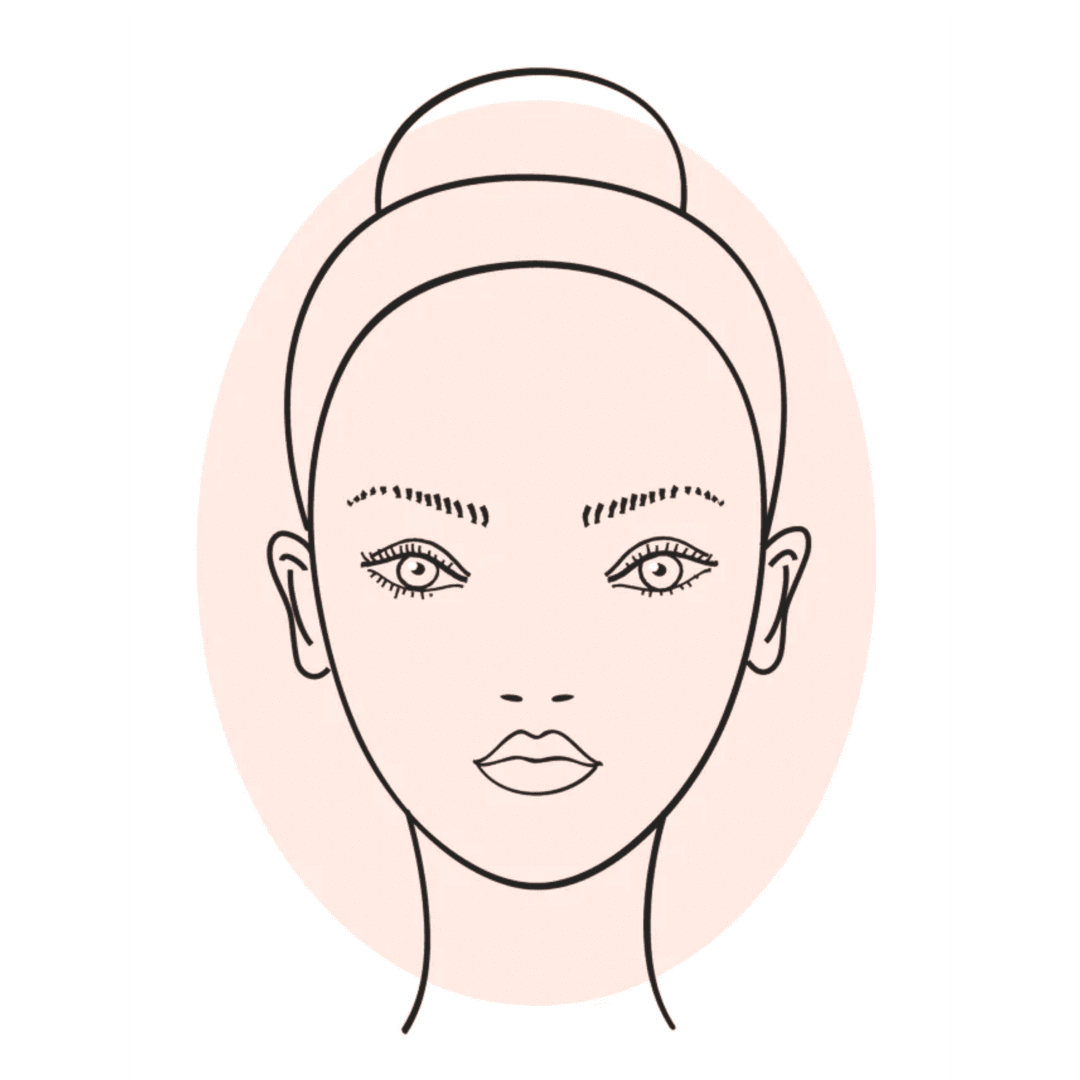
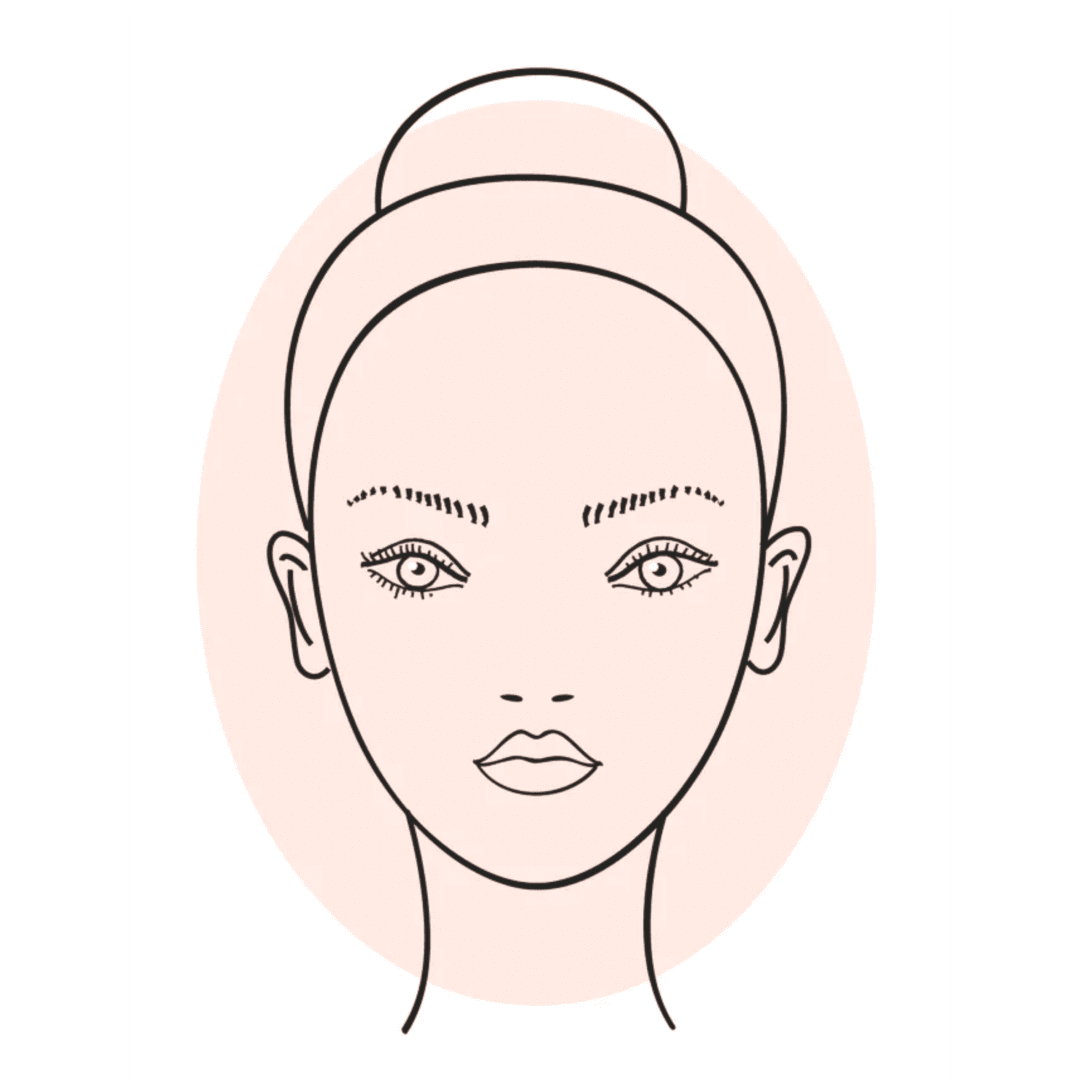
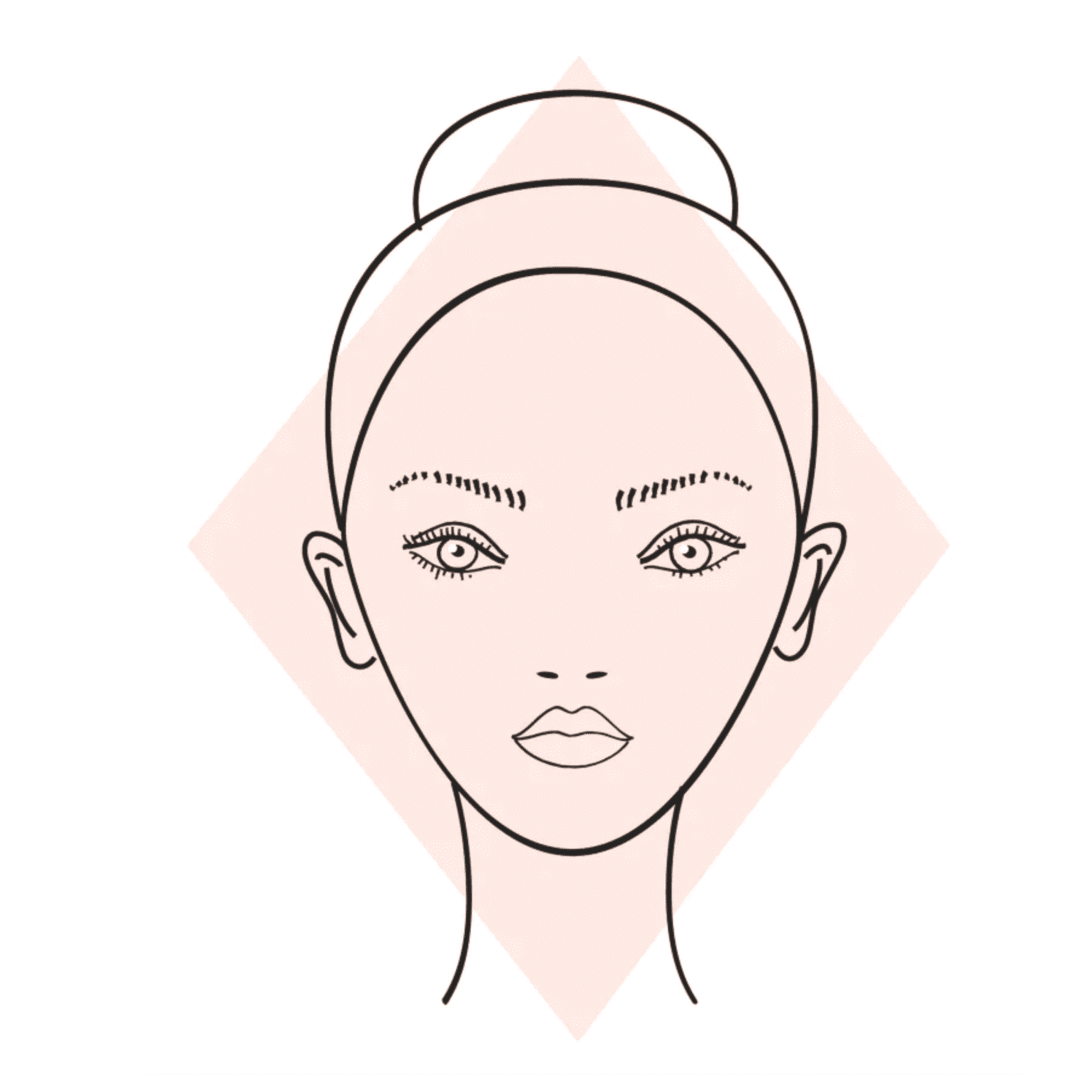
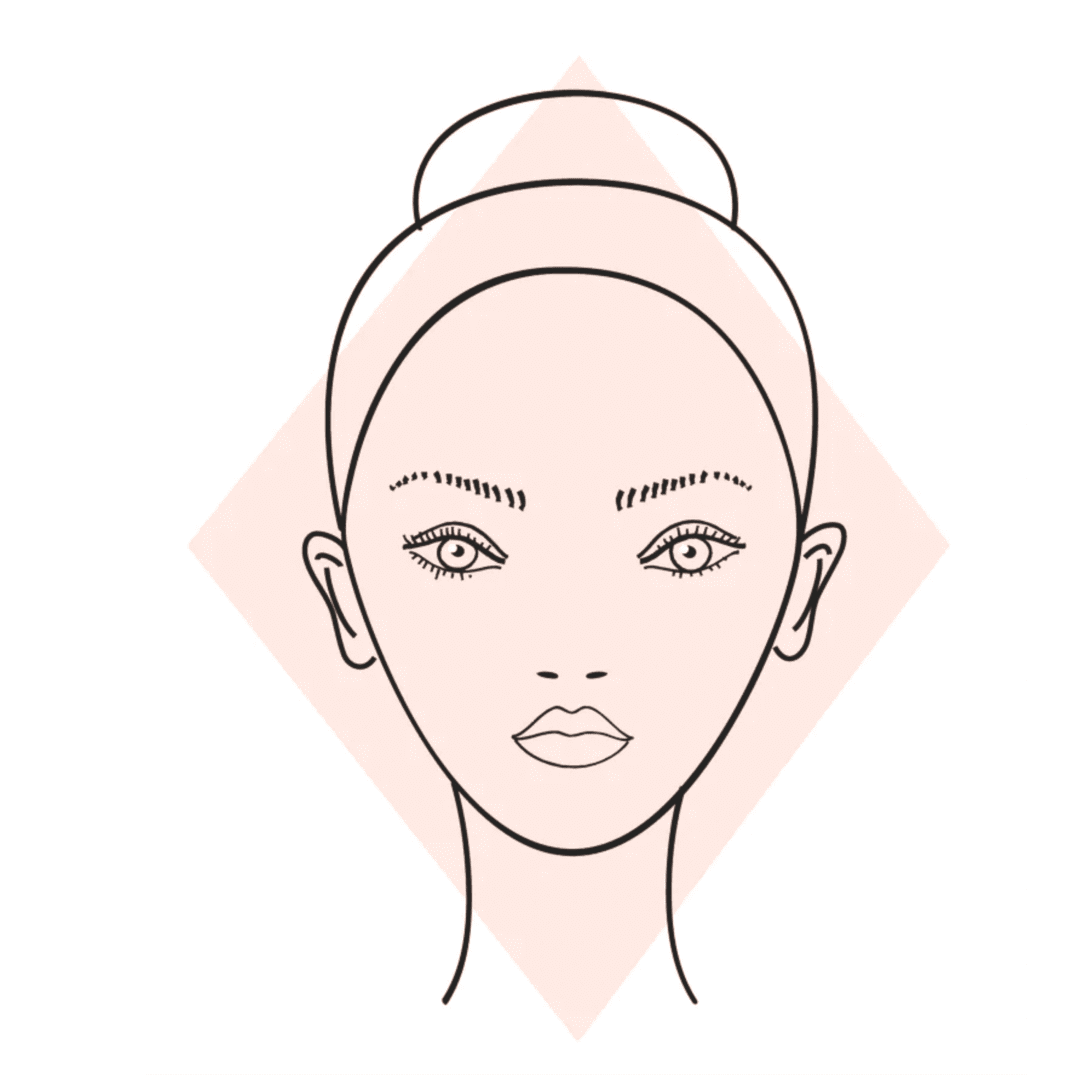
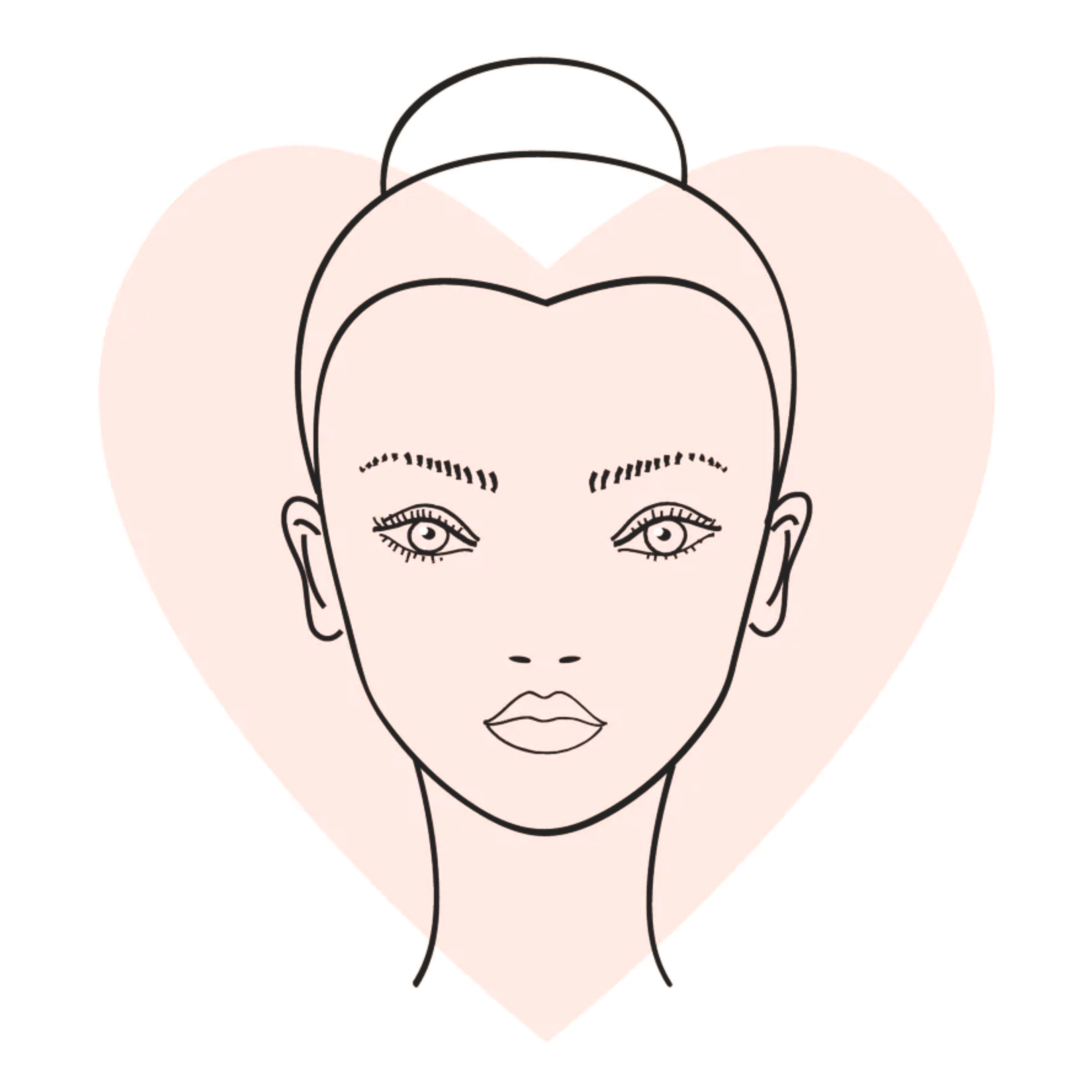
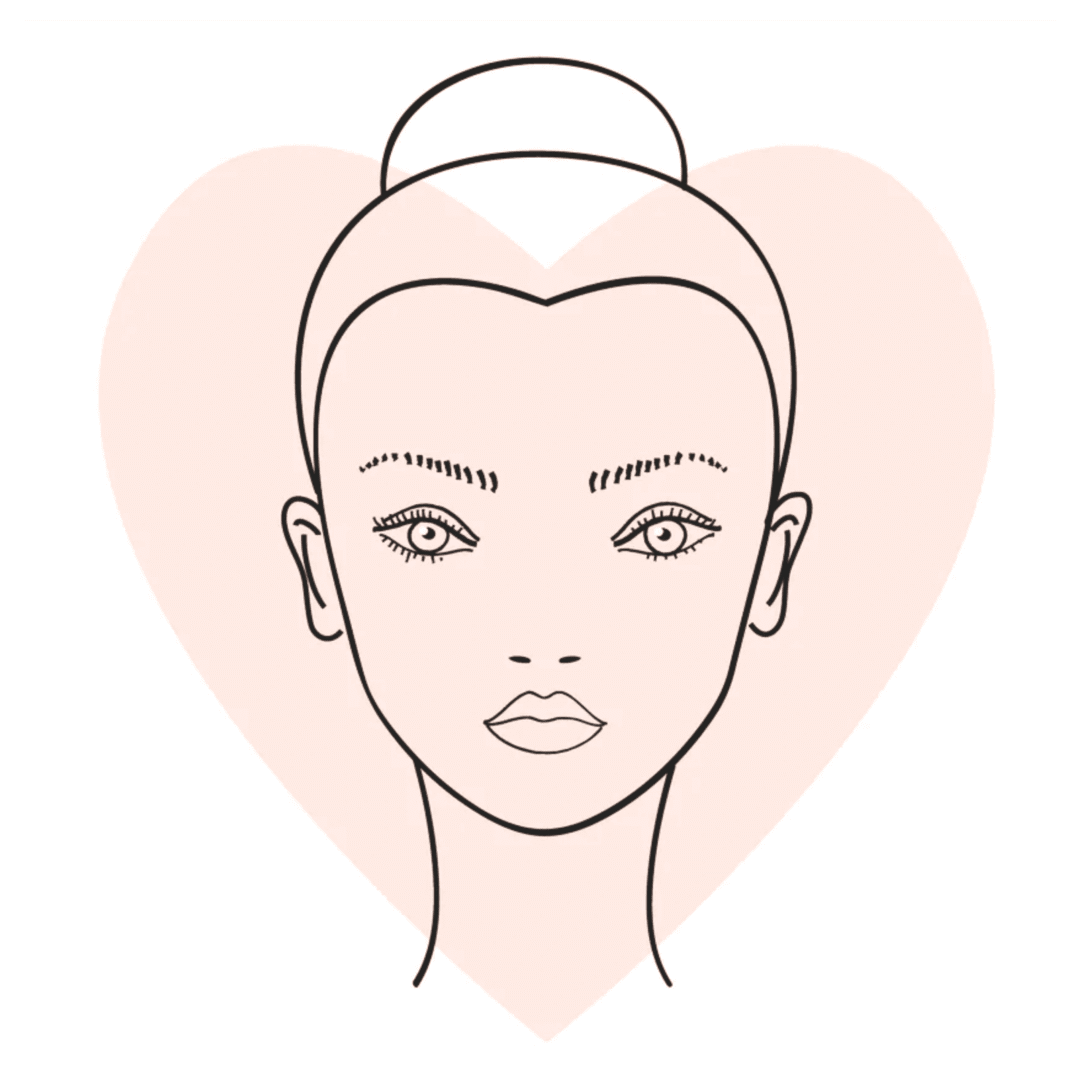
beautiful you…
ROUND: The “Round” shaped face requires added height to narrow the width of the face and lengthen the neck. The hair should be combed close to the sides of the face and at the nape.
OBLONG: The “Oblong” shaped face has a very long and narrow bone structure. A fringe or slight bang, and soft waves or curls in the crown and nape areas help to soften and create the illusion of an oval.
SQUARE: The “Square” shaped face requires height on top and narrowness at the sides. The wide jaw can be softened with curly textures and wisps of hair around the face.
OVAL: The “Oval” Shaped face is longer with a narrow jaw. This face shape is evenly proportioned and works well with just about any hairstyle, length or texture.
DIAMOND: The “Diamond” shaped face is narrow at the forehead and the chin, with wide cheekbones. Bob styles work well for this shape and a fringe or bang helps to cover the narrow forehead.
HEART: The “Heart” shaped face has a wider forehead and a narrower chin. A fringe over the forehead will soften the width. The hair should sit close to the head at eye level and then fill out slightly from the ears to the jaw.



